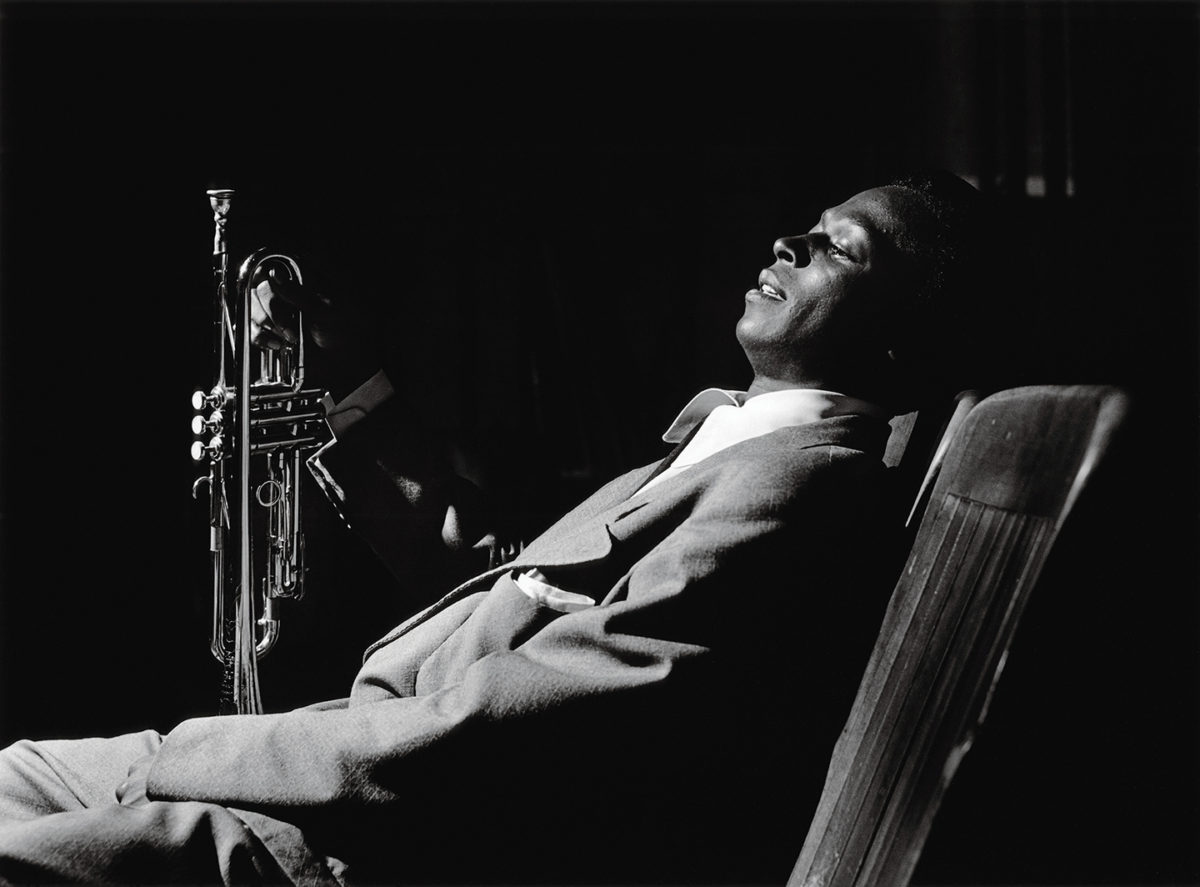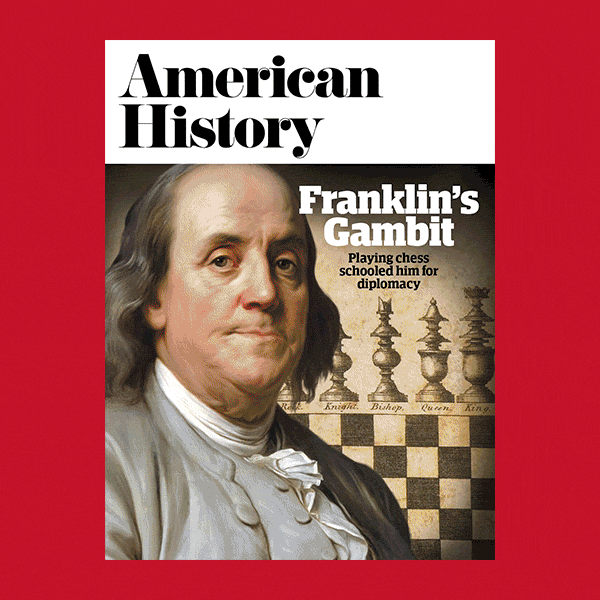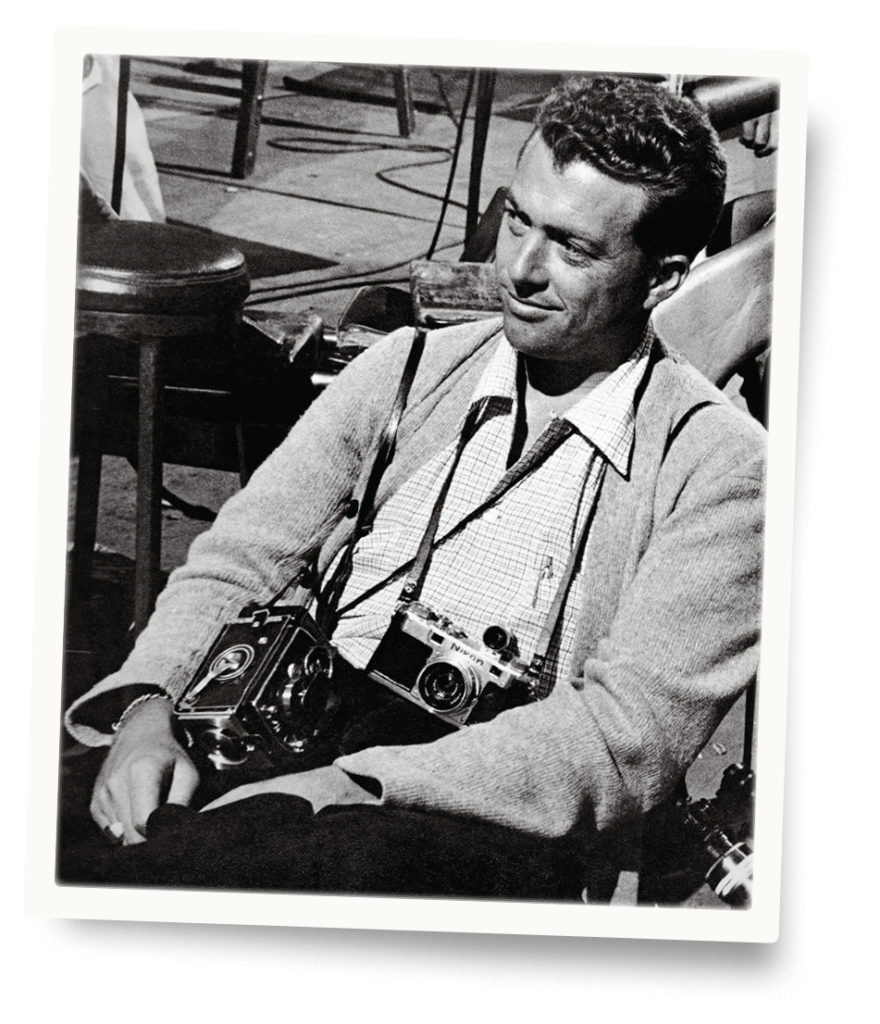
Photographer Robert Hanley “Bob” Willoughby parlayed his beloved boyhood hobby into a kaleidoscopic career as a maker of indelible images. He was born in 1927 in Los Angeles, Calif., shortly after his parents, Cyril and Antoinette, divorced. Nettie Willoughby raised her son in West Hollywood. Cyril, a doctor, was not much present, but for the boy’s 12th birthday he gave his son a 35mm Argus C-3 rangefinder camera that quickly became a prominent fixture in Bob’s life. A neighbor taught the youth darkroom basics in exchange for babysitting. The sole class at school to hold his interest was art. When he was in junior high, a stroke disabled his mother, who never relented in her support for her son’s photographic ambitions. He converted the home garage on Marvin Avenue into a darkroom functional only at night owing to light leaks. He processed film and made prints to the tune of jazz broadcast by a San Francisco radio station whose AM signal reached southern California after sunset. Upon graduating from Louis Pasteur High in 1946 he apprenticed with a series of Hollywood photographers, earning $5 a week sharpening and expanding his skills. In night classes at USC, he studied under film designers and artists Saul Bass, Slavko Vorkapich, and William Cameron Menzies. He dove into LA’s vibrant music scene, photographing jazz and R&B performers. Dance magazine ran his pictures. He was 22 when his portrait of model Ann Baker graced the cover of the January 1950 US Camera; later that year eclectic label Fantasy Records recruited him to provide LP cover art. In 1951 he signed with Globe Photo, which wrangled assignments from feature and fashion periodicals. To analyze and absorb clients’ unique styles, he haunted used periodicals stores, assembling an archive in which to steep himself in technical and aesthetic nuance. Mixing faith and commerce, he shot for Catholic magazine Jubilee; it would be easier to list the mainstream publications he did not work for than those he did. Under the spell of master magazine photojournalists Henri Cartier-Bresson, W. Eugene Smith, and Irving Penn, he took on ever more fashion and feature work, at the same time establishing a toehold in and eventually a remarkably strong and creative grip on the arcane and demanding specialty of photographing Hollywood productions as they were being made, recording candid moments and scenes as shot. He first worked on contract with magazines seeking to illustrate stories about actors and coming attractions and eventually came to be relied on by studios for his unobtrusive expertise. To facilitate these efforts, he developed innovative camera brackets and electronically controlled flash systems. His facility at documenting decisive moment upon decisive moment led a commentator to label him “the man who virtually invented the photojournalistic motion-picture still.” In 1957 he visited Ireland for the first time, forging a connection that lasted all his life. Through work he and Audrey Hepburn became long-time friends. At Elizabeth Taylor’s request, he photographed her and Eddie Fisher’s wedding in 1959. Soon after, he met Scottish flight attendant Dorothy Quigley aboard a transcontinental flight she was working. They fell for one another, wed, and raised three sons and a daughter, sometimes traveling and living abroad en famille thanks to Bob’s movie work. Over the decades, he photographed 100-some feature films on sets and at locations around the world. In 1973, he retired. Seeking a pastoral routine away from the high life, the Willoughbys relocated to County Cork, Ireland, where they bought a castle and began a 17-year stay during which Willoughby produced books of verse and photos, including a 2001 memoir. Bob Willoughby was 82 when he died in 2009 in Vence, France. His work is in the collections of the National Gallery of Art in Washington, D.C., the National Portrait Gallery, London, the Museum of Modern Art in New York, and the Bibliothèque Nationale in Paris, among many others. Now, with an introduction by son Christopher, Chronicle Books has published a rich and varied survey of his oeuvre titled Bob Willoughby: A Cinematic Life. —Michael Dolan
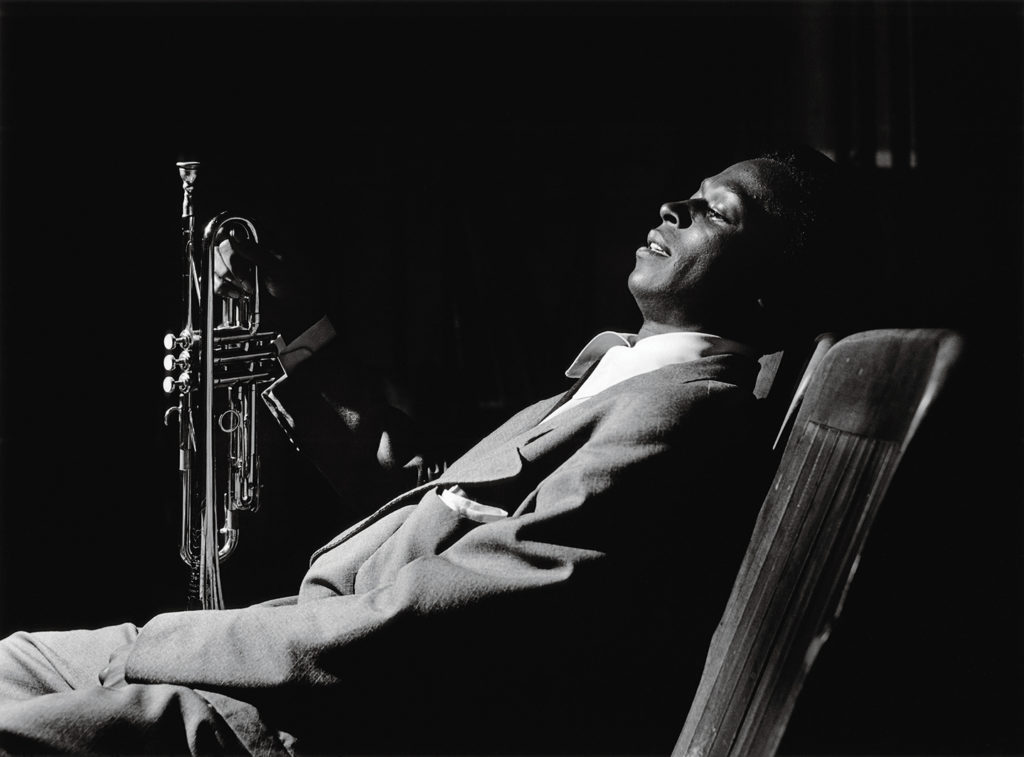
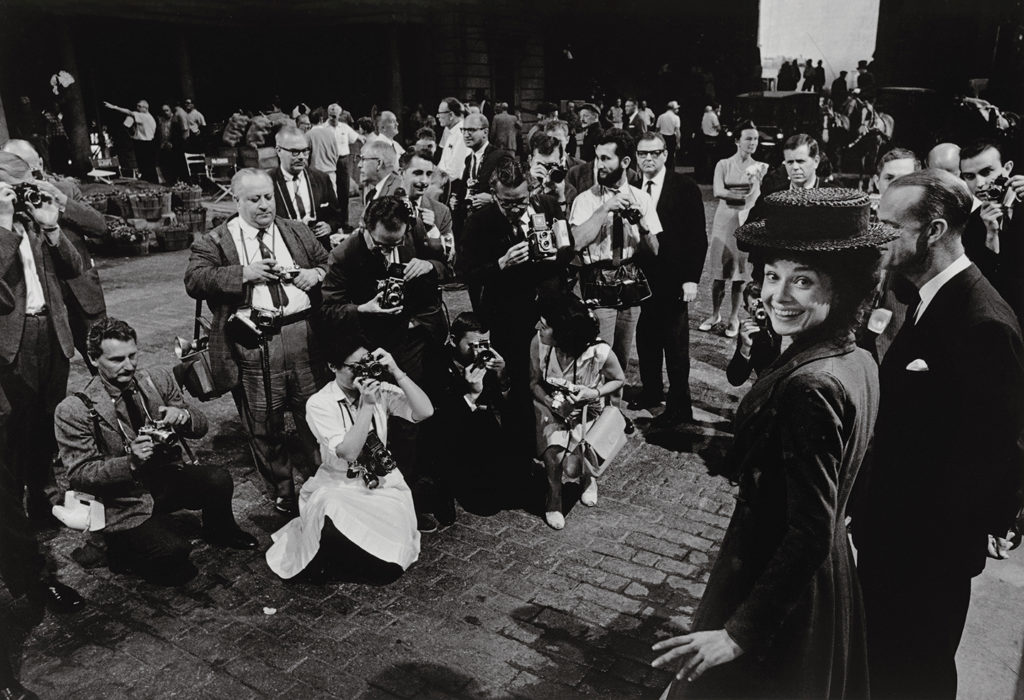
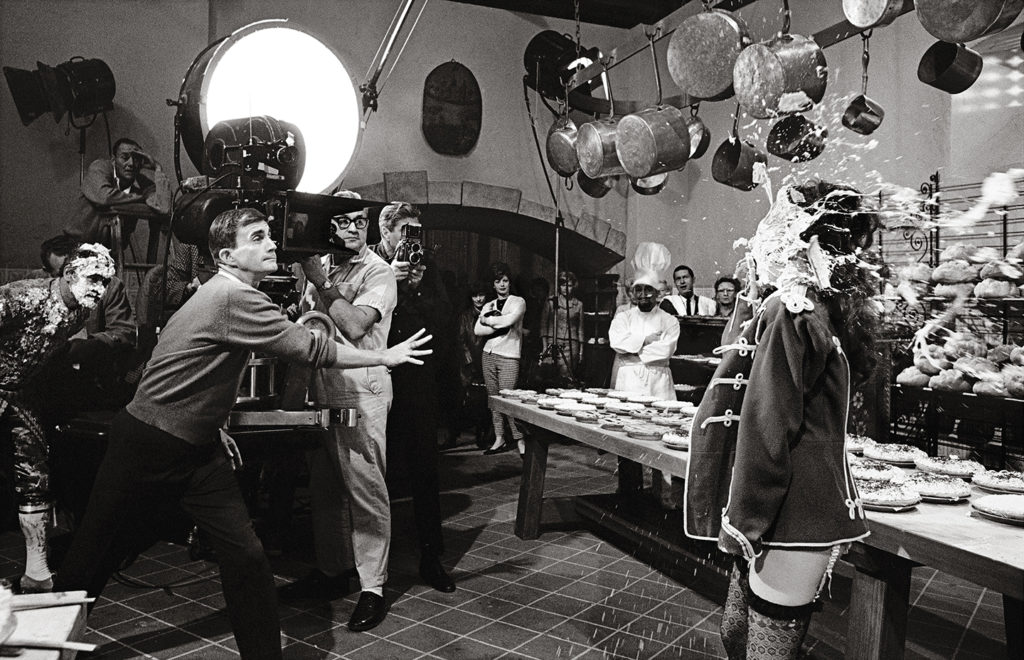
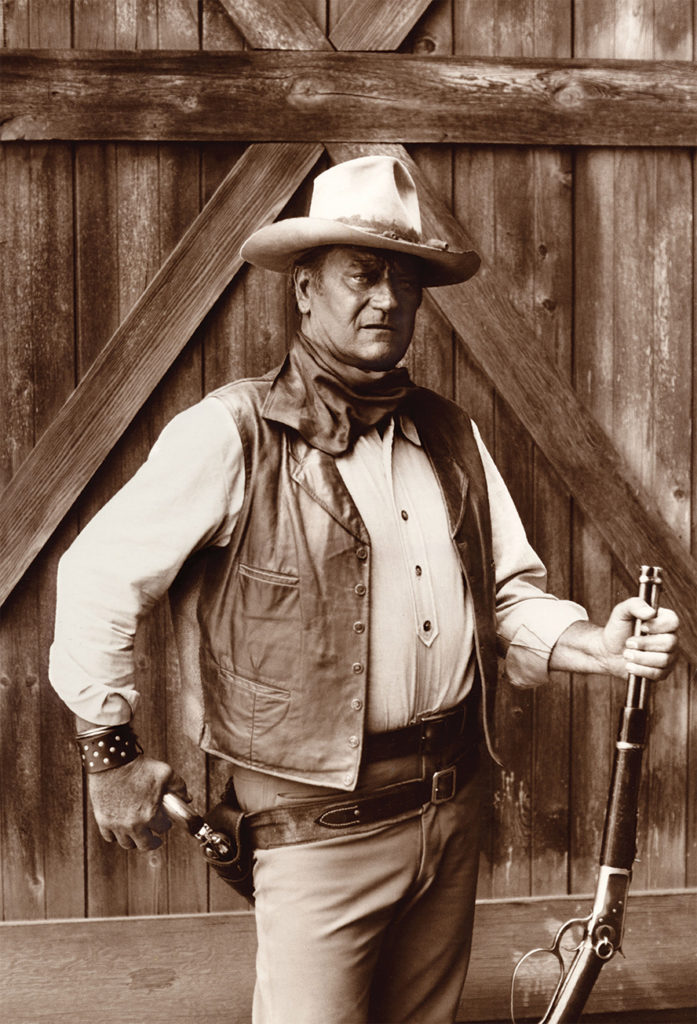
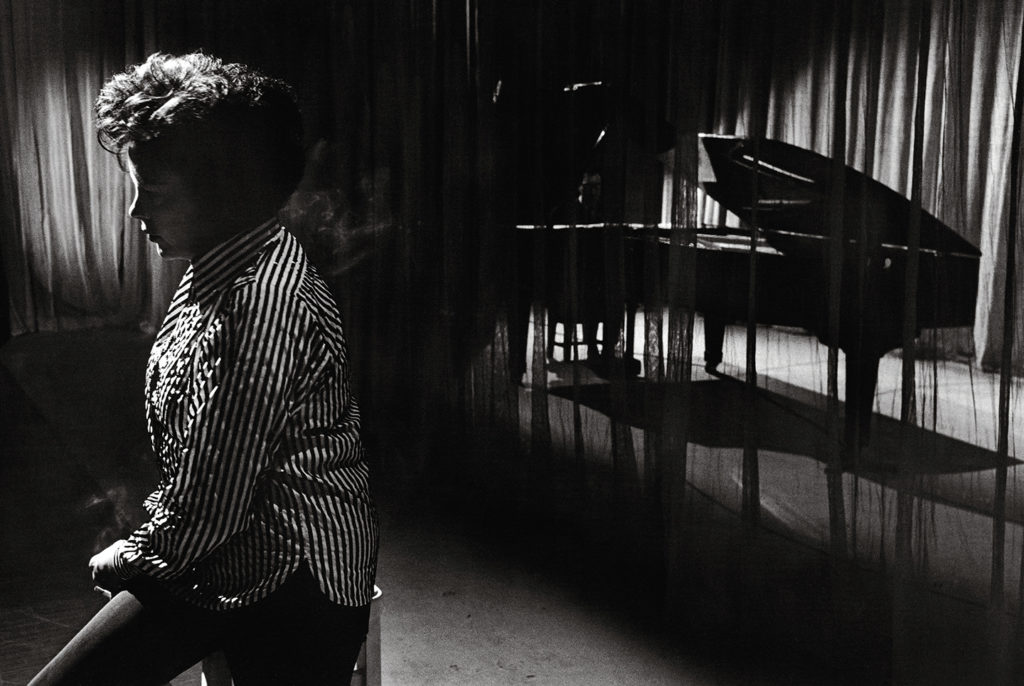
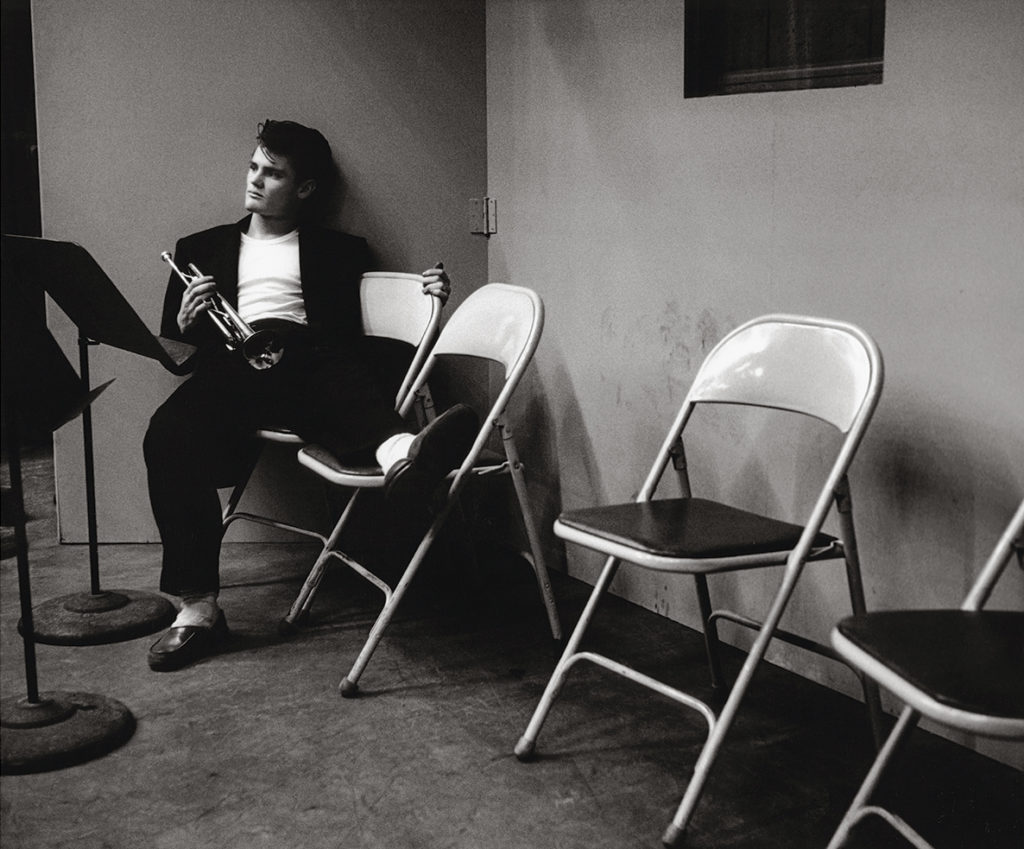
Learn more
This portfolio is excerpted from the new, comprehensive monograph of Bob Willoughby’s work, Bob Willoughby: A Cinematic Life published by Chronicle Books in November 2022.
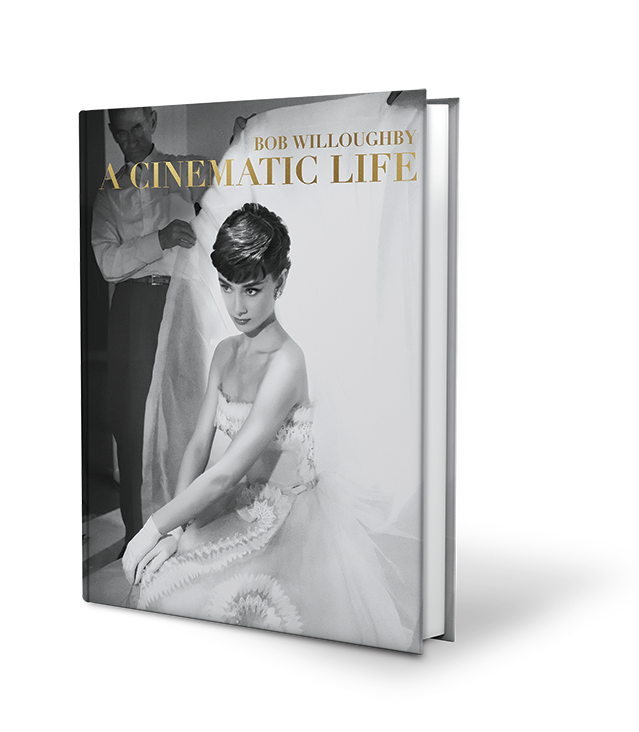
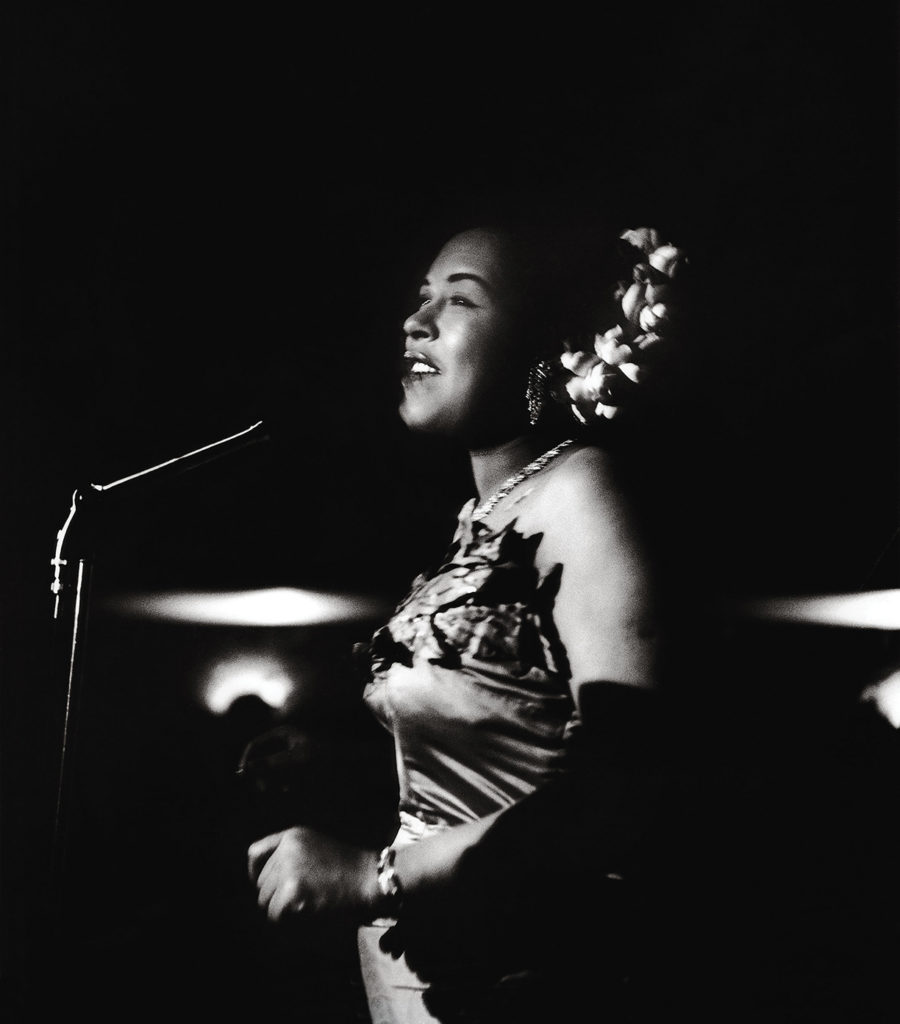
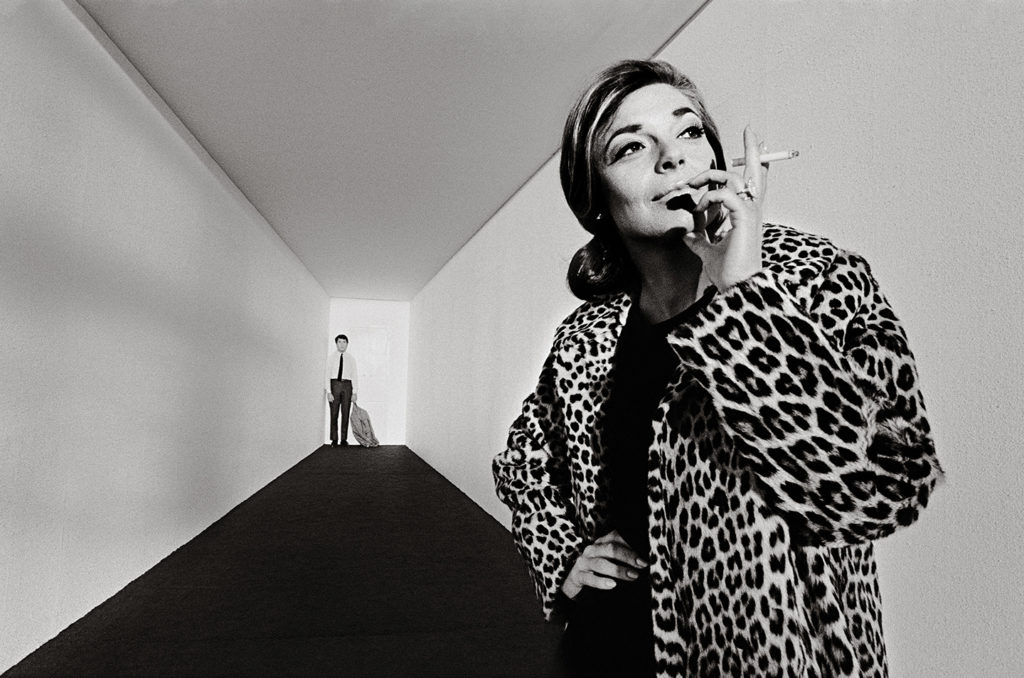
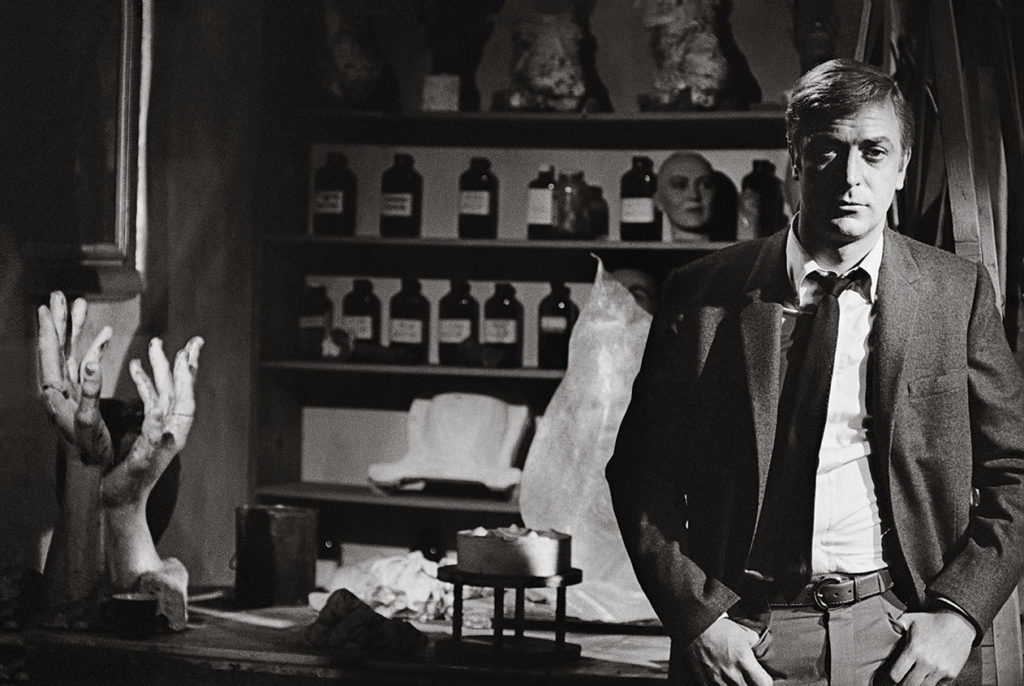
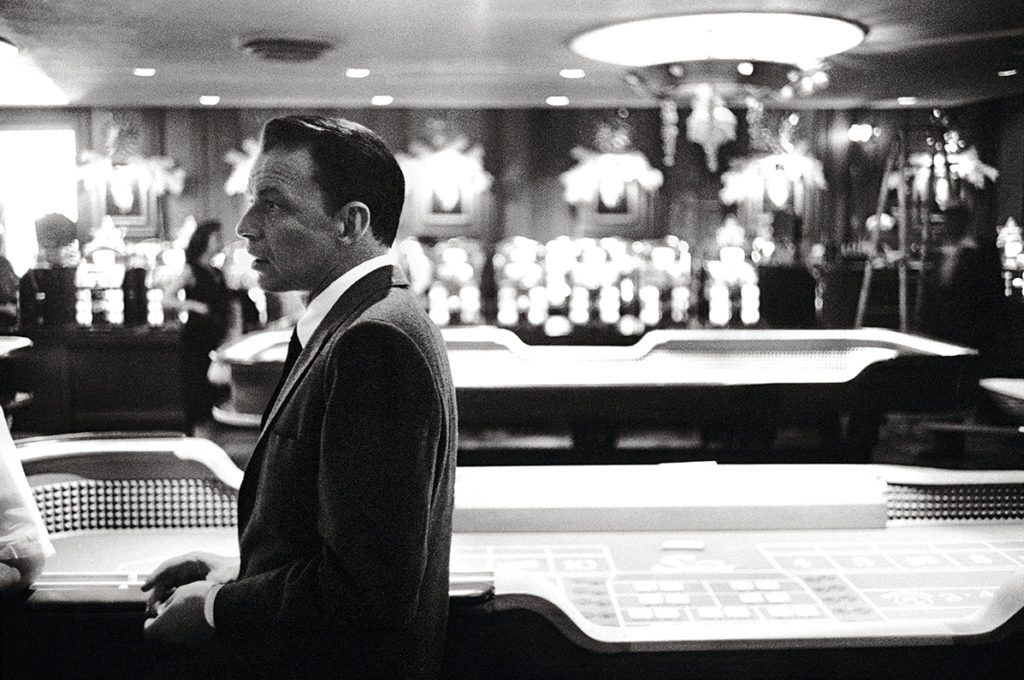
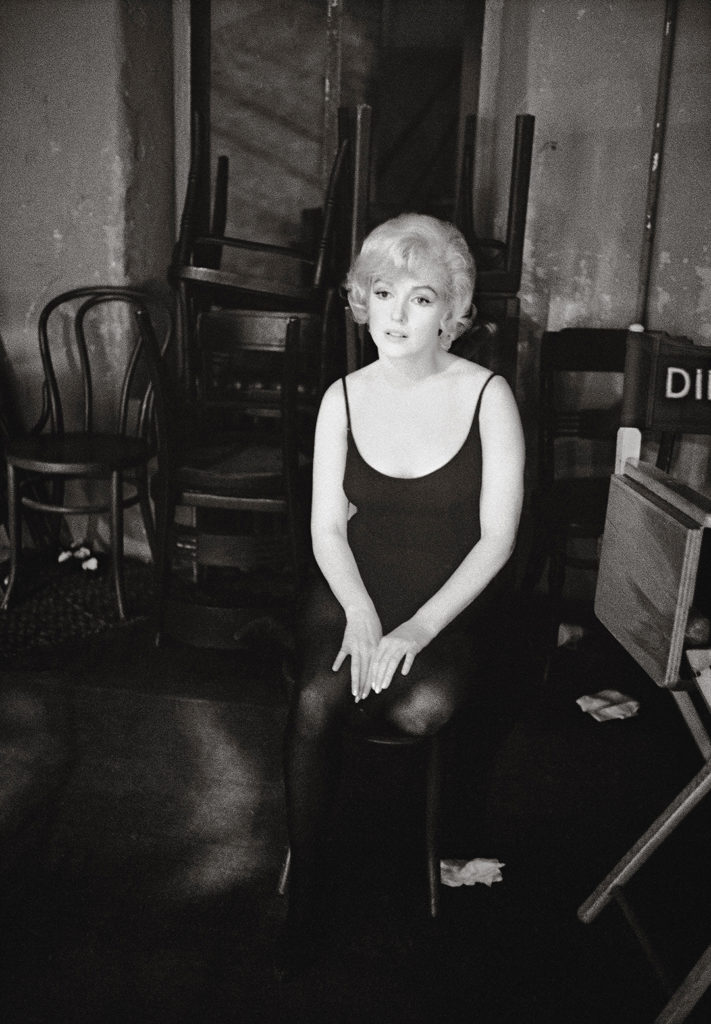
historynet magazines
Our 9 best-selling history titles feature in-depth storytelling and iconic imagery to engage and inform on the people, the wars, and the events that shaped America and the world.


